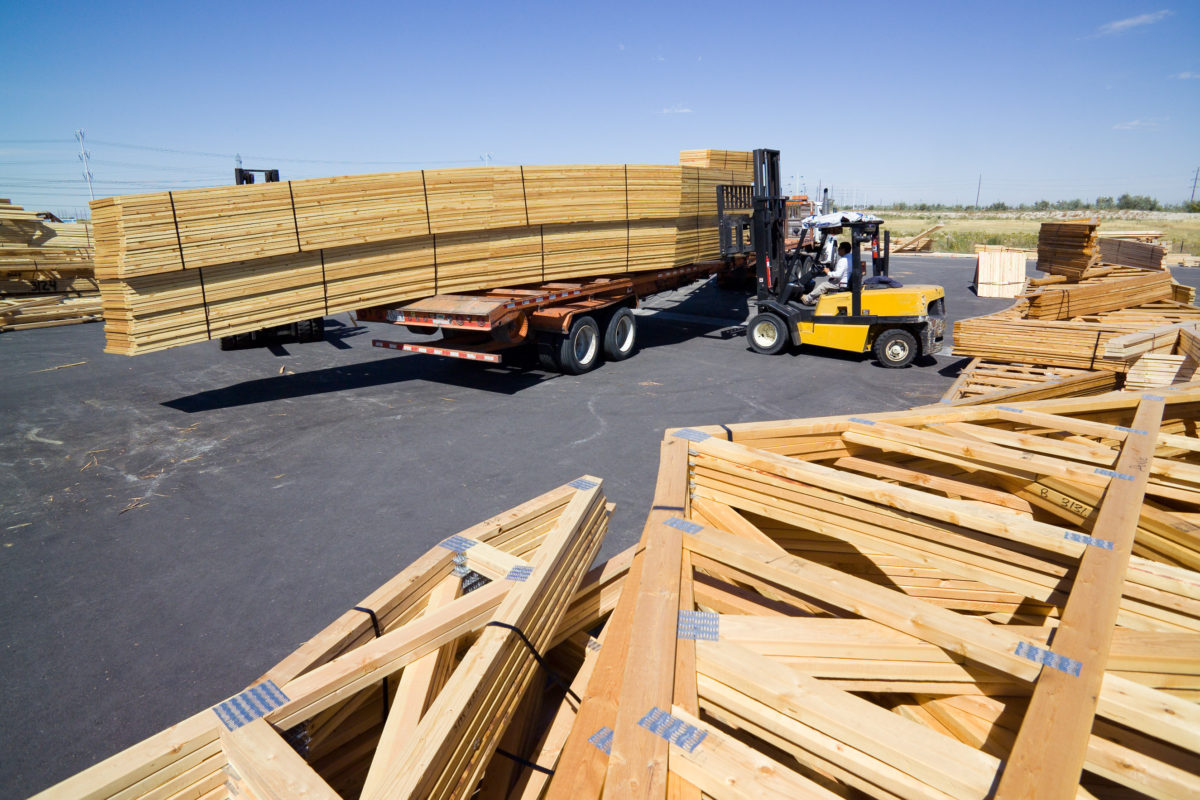One day, you decided you were tired of waiting. You wanted your dream home and you didn’t want to wait until “later”. So you meet with a general contractor, get a quote and start saving. After a year of budget and sacrifice, you’ve finally put away enough money for your dream home. Now all you have to do is call the general contractor back and wait for your dream home to be built.
You give him a call, but to your surprise the quote he gave you just 12 months ago is no longer valid. It’s now $50,000 higher and you’re going to need to save even more before you can kickoff the build.
Every year, the cost of materials continues to rise. The U.S. Bureau of Labor Statistics recorded a whopping 4.8% rise in material costs between 2016 and 2017. And with current conditions, that number is projected to rise at a similar or even faster pace.
Why Are Materials Costs Rising?
Traditionally, materials price increases have been taken in stride without the homebuyer eating the added cost. But with increases as high as 25% for some materials, contractors can’t keep up with the rapid rise. They’re being forced to pass the increases onto buyers.
So, what’s actually causing the rise in materials cost? Let’s take a look.
Increased Demand For Housing
We live in a supply and demand economy. When the demand for housing goes up, the supply of building materials goes down. Suppliers know this and have started to raise their prices accordingly. Until materials can be created fast enough to help offset the deficit, prices will continue to rise.
Canadian Lumber Tariffs
In December 2017, the United States imposed steep tariffs on all Canadian softwood lumber. Canadian lumber’s largest consumer, the U.S. housing market, has noticed considerable increases in housing prices because of the tariffs. Since the tariffs were announced, the average lumber cost has increased roughly 7% or about $1,360 on a typical home.
Steel and Aluminum Tariffs
Recent tariffs have been imposed on all steel and aluminum imports. Imported aluminum will face a 10% tariff while steel faces a full 25% tariff. This is already creating an immediate effect on housing prices, making the cost for new homes jump by as much as $20,000. Suppliers are preparing for the inevitable by holding materials and canceling orders to wait for tariffs to go into effect.
Natural Disasters
In 2017, natural disasters accounted for $306 billion in damage according to the National Oceanic and Atmospheric Administration. Inclement weather has destroyed inventory and consumed materials for the replacement or repair of impacted homes. This has made a significant deficit in existing supplies, further driving up prices.
Natural disasters have also caused a shortage in labor which has pushed back and delayed jobs. Contractors are consumed with insurance funded rebuilding projects that carry significant penalties if not prioritized. Those who want to kickoff a new home build are forced to pay higher prices, if contractors are even able to handle the work.
Five Options To Stay On Budget
Fighting the rising cost of materials isn’t an easy task. Those that have strict budgets are usually left stranded, waiting years to make their dream home a reality. Fortunately, there are ways to stay on budget. Here are five options for potential homebuyers to offset rising costs:
Reduce Square Footage
This is one of the more common options that most homeowners have to resort to. You might have to cut out that spare bedroom or do away with the four seasons room you’ve always wanted. While this is a viable option, you’re giving up a lot of what made it your dream home in the first place.
Unfinished Basement
If you were planning on having a finished basement, temporarily putting this on hold can save you a bundle up front. Once you’re moved in and have saved a little more, you can have your basement finished.
Reduce Features & Upgrades
Making compromises on features and upgrades can help you stay on budget. Maybe you’ll need to forget the custom Brazilian Cherry cabinets and settle for oak instead. Maybe that grand two story entryway isn’t so important after all. Maybe you’ll have to settle for Frigidaire appliances instead of Viking.
Make a list of all the features and upgrades you currently have planned and decide which ones you can go without. Each cut you make will bring you closer to your budget.
Find Cheaper Materials/Labor
This approach might save you a few dollars up front, but will cost you far more in the long run. Cheap materials won’t hold up nearly as their higher quality counterparts. Resorting to lower cost contractors can be a disaster if not properly vetted. For the safety of your wallet (and your family), you’d be best to avoid this option.
Build Your Dream Home Yourself
This is actually the best option for most people. Instead of trying to negotiate with a general contractor, you can work directly with subcontractors and end up saving up to 25% on the cost of your home. This could be over $100,000 on a $500,000 home! Not a general contractor yourself? No construction experience? There is a solution that can help at any experience level.
The “Owner Builder” Method
Most people think that hiring a general contractor is a necessary cost, a required part of building a home. But in fact, a general contractor is actually not doing any of the work. They are simply overseeing the project. They know who to call and make sure they show up to do the job. These are skills that anyone can learn and potentially save a fortune.
If this sounds more up your alley, for a limited time we’re offering a free mini-course entitled “How To Build Your Dream Home For Less Than Everybody Else”. In this free training, you’ll learn the basics of building a home yourself, without a builder. It’s a valuable lesson that will get you on the fast track to realizing your dream.
Sign-up Now:
https://builderblueprint.com/mc-signup/

